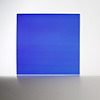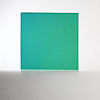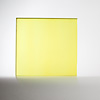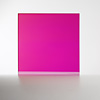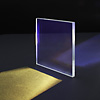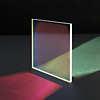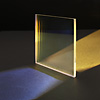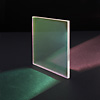
|
|
Advantages and possibilities of dichroitic filters |
Variotrans colour effect glass assambles a world of light and colour: |

The colours
The colours which a dichroitic filter makes visible consist of almost the complete visible colour spectrum. The additive colours (Red – Green – Blue) as well as the subtractive colours (Yellow – Magenta – Cyan) plus every colour combination can be generated. All colours are strong and bright.
The colour appearing at the top view on the filter glass is always the complementary colour to that colour which appears at the through-view. This produces a living interplay of both colours. The light production is considerable because the light beam is not absorbed. Therefore the filters cannot heat. Click on the pictures below to see all effects in larger size: 
The gradientsThe gradients always consists of colours of the subtractive colour range (YMC). They can make it completely visible, i.e. from yellow via orange, magenta and blue to cyan, or partially, e.g. from magenta via dark blue to blue. The colour range of the gradients is selectable as well as the length over which it extends.
Click on the picture below to see the gradient effects in larger size: 
The day and night effectThe day and night effect of the filters depends on the corresponding illumination. In daylight the colours of the through-view and top view perception will impressively overlap. Without daylight, colour perception strongly depends on the position of the light source and the position of the observer. If both are in front of the filter then the top view is dominant, however if both are separated by the filter then the through-view is dominant.
Click on the pictures below to see day and night effects in larger size: 
The reflection effectsThe reflection effects, especially the colour of the reflected light, are dependent on angle. That also applies to coloured mirror images which with steep refracting sunlight generally appear on the floor area in front of the filter.

The durability of the dichroitic filter effectThis is unlimited. This is due to the fact that the layers are of inorganic nature and are burnt at 480°C. Therefore they are neither changed by heating effect nor by UV beaming. The filters are protected from external damage by laminations in the laminated safety glass. 
The size of the filter disksThis is freely selectable. The maximum dimensions of an individual filter disk – which is practically only limited by the size of the required autoclave used for lamination – is approximately 6 x 3 m. Larger areas can be obtained by butt joining a number of filter disks together. |
| Copyright 2006 Prinz Optics | Imprint | Privacy |

